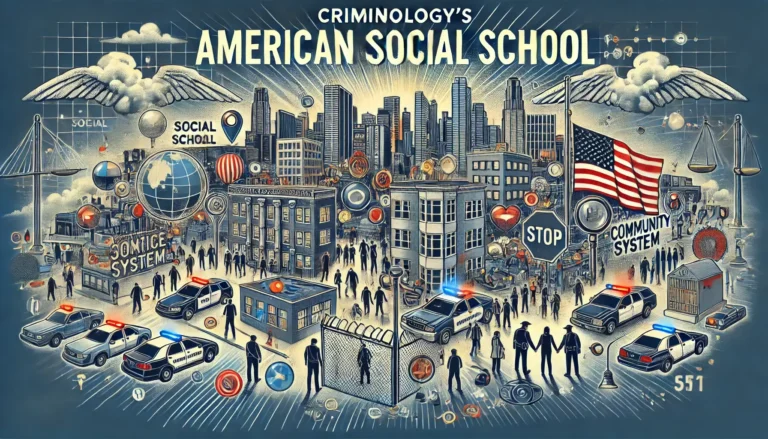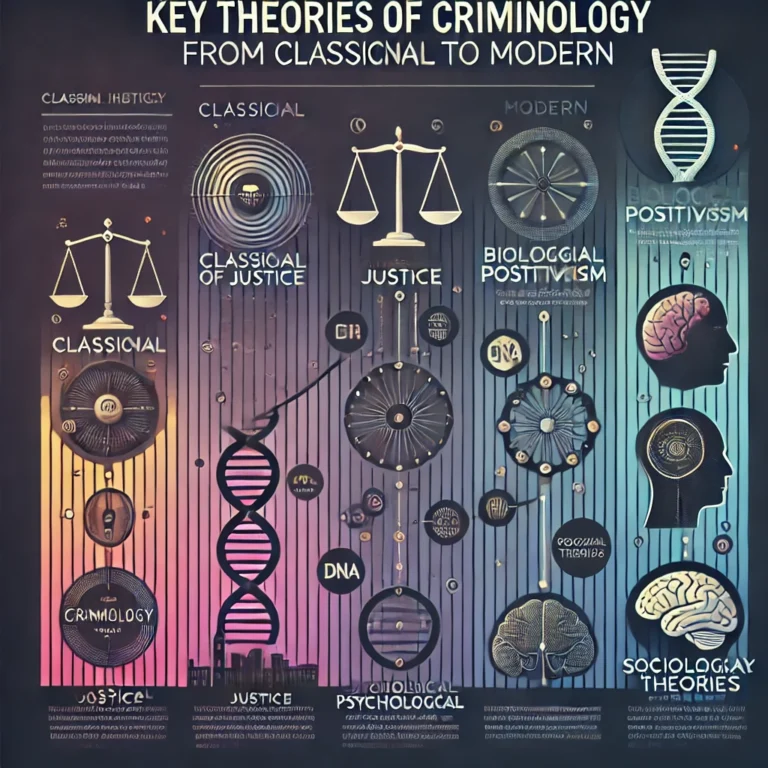Crime as an Individual Phenomenon vs. Criminality as a Collective Issue
Crime and criminality have been studied extensively in criminology, with scholars seeking to understand the factors that contribute to unlawful behaviors. While crime is often seen as an individual act, criminality as a broader concept can be viewed as a collective phenomenon shaped by societal, economic, and cultural factors. This article examines the distinction between…



